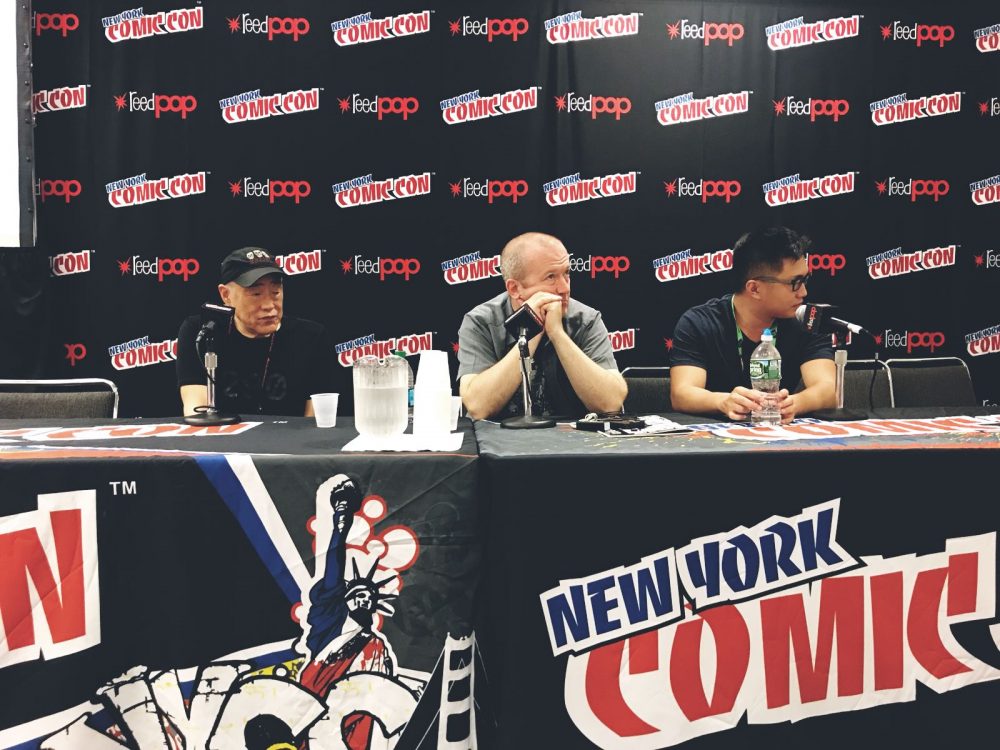
Alex Brewer (Wargaming) moderated a panel between war comics luminaries, Garth Ennis (World of Tanks: Roll Out), Larry Hama (G.I. Joe) and Ethan Young (Nanjing: The Burning City) on Thursday afternoon at New York City Comic Con.
The panel explored how war comics, like Marvel’s The ‘Nam, began to push back against the one-sided, jingoism of comics like Sgt. Fury and His Howling Commandos, Air Fighters, Air Boy, and Captain America. The ‘Nam was written in real time, each issue chronicled one month in the life of a solider. It was important to accurately convey that sense of time, to give the comic that kind of grounding in reality. That grounding helped Hama and The ‘Nam’s writer Doug Murray and artist Michael Golden, tell a more realistic story of what life was like for soldiers in Vietnam. Hama, a Vietnam War veteran wanted the comic to accurately portray the experiences of those who served. It was a different kind of war story which didn’t want to shy away from the hard stuff. The ‘Nam greatly influenced writer and panelist Ethan Young who went on to write Nanjing: The Burning City published by Dark Horse.
Young says he read The ‘Nam and saw how human emotion could be portrayed, how war could be written about in an understated and nuanced way, without relying on pop culture tropes. Young’s writing about the city of Nanjing demonstrates how modern war comics confront history and expand on what people think they know about war. For Young, he knows people are familiar with the Allied perspective, but few are aware of the Eastern front of the war and the early brutal military exchanges between Japan and China. The Nanjing Massacre is little more than a footnote in American history textbooks, but the Imperial Japanese Army occupation of the Chinese City killed an estimated 200,000-300,000 over the course of six weeks. As a Chinese American, whose parents immigrated to America, telling this story was a way for Young to confront and illuminate this part of history too few know about.

Garth Ennis, who hails from Northern Ireland, didn’t grow up reading American war comics. Instead he is more well-versed with the British war comics which were published as weekly anthologies and contained three to four stories. For Ennis, the most influential war comic is Pat Mills’s World War I comic, Charley’s War. During the panel Ennis frequently cited the comic as being one of the best war comics ever produced. One which has clearly stood as a testament to the power of the comics in discussing war. War, which can sometimes feel so massive, so ubiquitous as to swallow up stories of the individual and their personal stories of sacrifice and hardship.
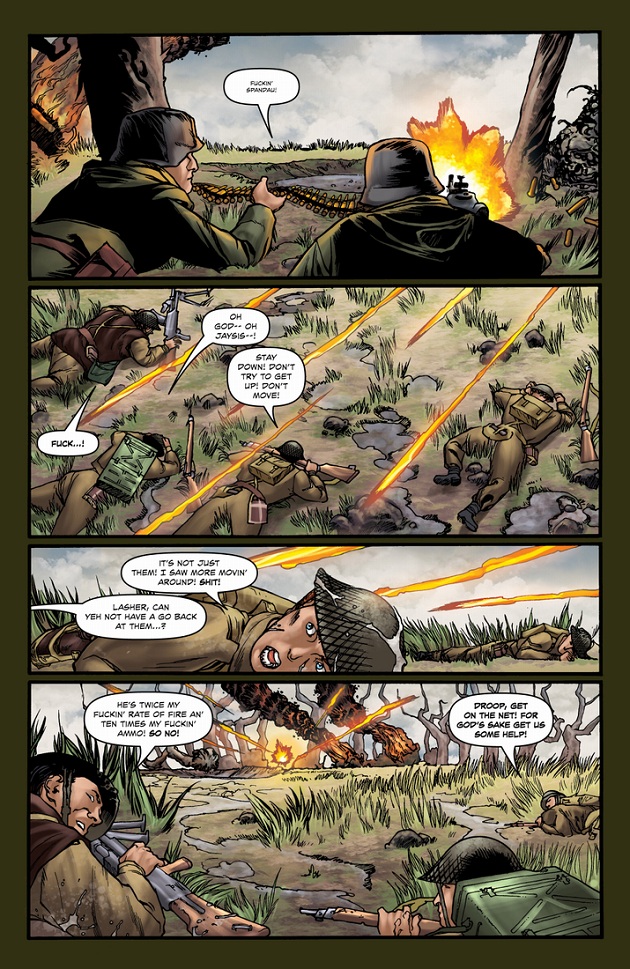
For each of the men on the panel, they believe using fiction to tell stories about real wars helps audiences access material which is difficult, emotional, and confrontational. Each expressed how by focusing on a few characters they can dive into and explore the emotional toll and cost of war in a way that non-fiction doesn’t always allow. Hama noted that it’s important to remember that all stories are constructed, even real stories. “When we tell stories we tell them with a beginning, middle and end, but war stories aren’t like that.” He went onto say, “The thing with war stories is you’ve never heard the good ones. Soldiers know better than to tell civilians or non military people what the real story is.”
Hama discussed the unspoken bond and communication patterns which form between soldiers combat groups, these people become a family to one another. Soldiers form a bond that extends beyond the verbal, something that can be difficult if not impossible to convey to civilians who have never experienced war.
When it comes to creating and producing modern war comics the question of choosing which story to tell came up during the panel. Ennis said there are so many untold stories of war, “I know I’ll die with some of them.” Ennis says he’s had trouble writing about World War I because he always ends up comparing himself to the work of Patrick Mills. Still, Ennis is clearly excited about writing more war stories about grappling with those bits of history our textbooks forget. When asked about using science fiction to tell future war stories Ennis scoffed, “What I find is that reality trumps fantasy ever time. Reality is truly unbelievable.”
Young, Ennis, and Hama all carefully considered what story they wanted to tell. They cautioned the audience to be careful with authenticity, of truth, especially given how history remembers, how history writes about war and its victors and aggressors. Ennis talked about the importance of research and primary sourcing. Young says he grapples with feeling a bit like a fraud. Citing his fear of travel, Young said he didn’t go to China to conduct interviews but instead relied on extensive research and interviews in the U.S. This discomfort, this feeling of being a fraud is something he has cited in previous interviews. Still, he hopes that the story is one that people will read and will get them to talk about a part of history Americans rarely reflect on.
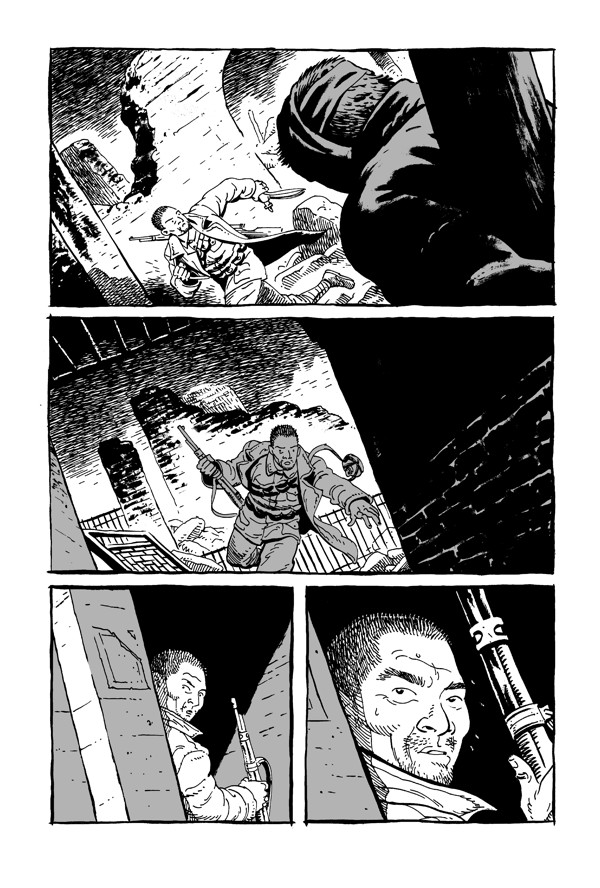
While Ennis and Young say they know there are some stories they won’t tell, they can’t tell Hama said he’s rarely felt that way. “All [war] stories are the same if you think about it.” Hama notes when Marvel originally approached him for G.I. Joe he was literally the last person they spoke to, as his office was the last door on the floor where he worked. On tackling morally objectionable material Hama says, “I think it is our duty to go and change it. I had no interest in doing war comics. I like animals. I’m a duck man basically.” He took on G.I. Joe because he didn’t want some “armchair jingoist” to have the opportunity tell a story.
The future of war comics, at least according to these panelists, is to dive deeper into both sides of conflict. To help people come to terms with the what the experience of war is like from different perspectives. It’s important for each of these authors to give a human face to the war stories many of us know well but few of us have understood at the emotional level. By using fiction people can access what war is like, or experience it. The visual narrative of comics and graphic novels can help readers sit with material that is uncomfortable in a way other mediums can’t. It forces us to develop a relationship with war, with battle, and the soldiers and civilians who end up paying the price for it.


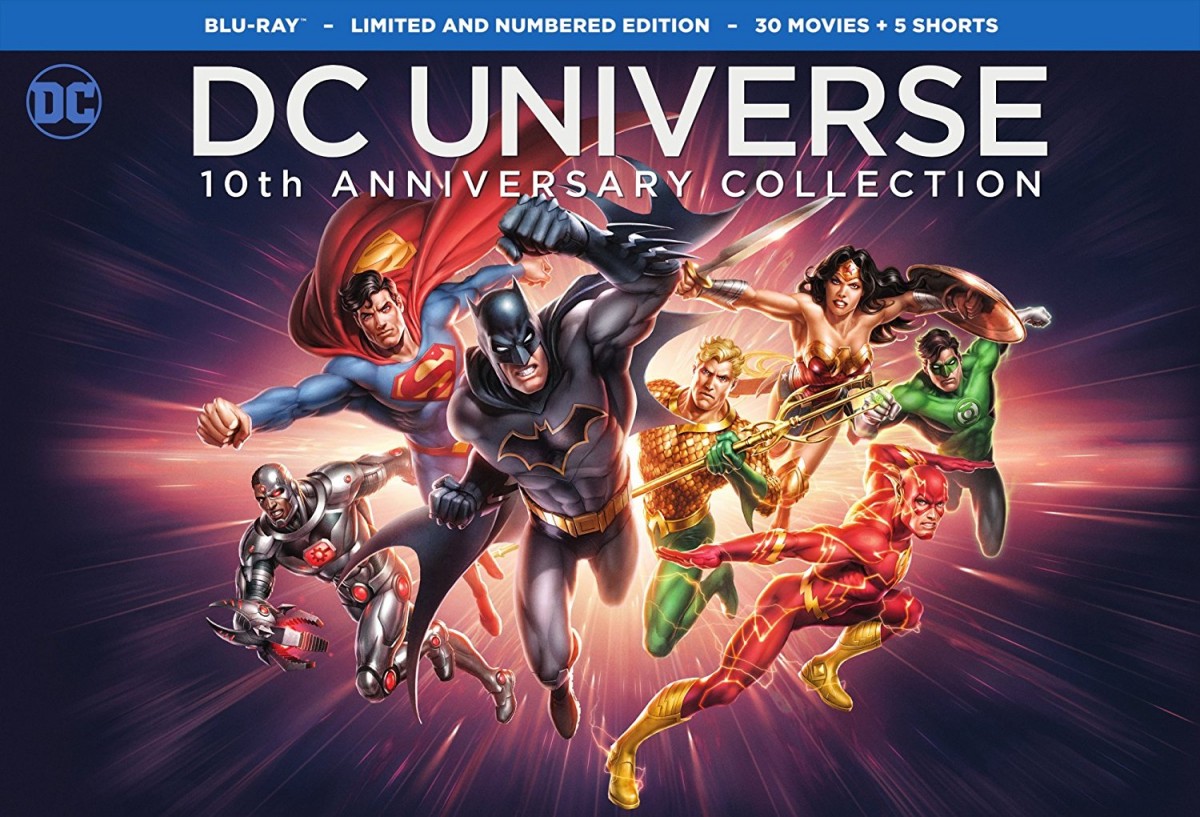
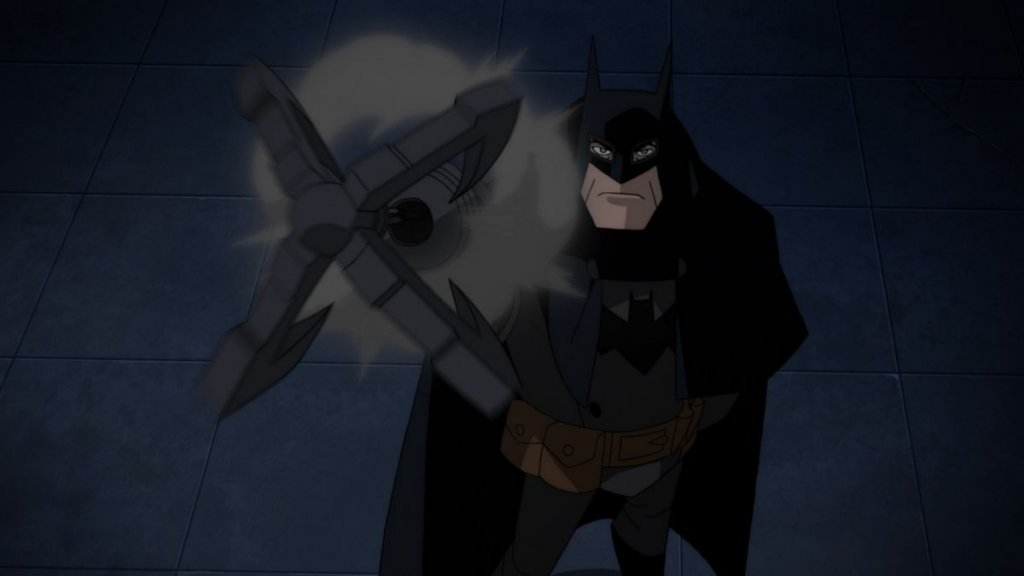
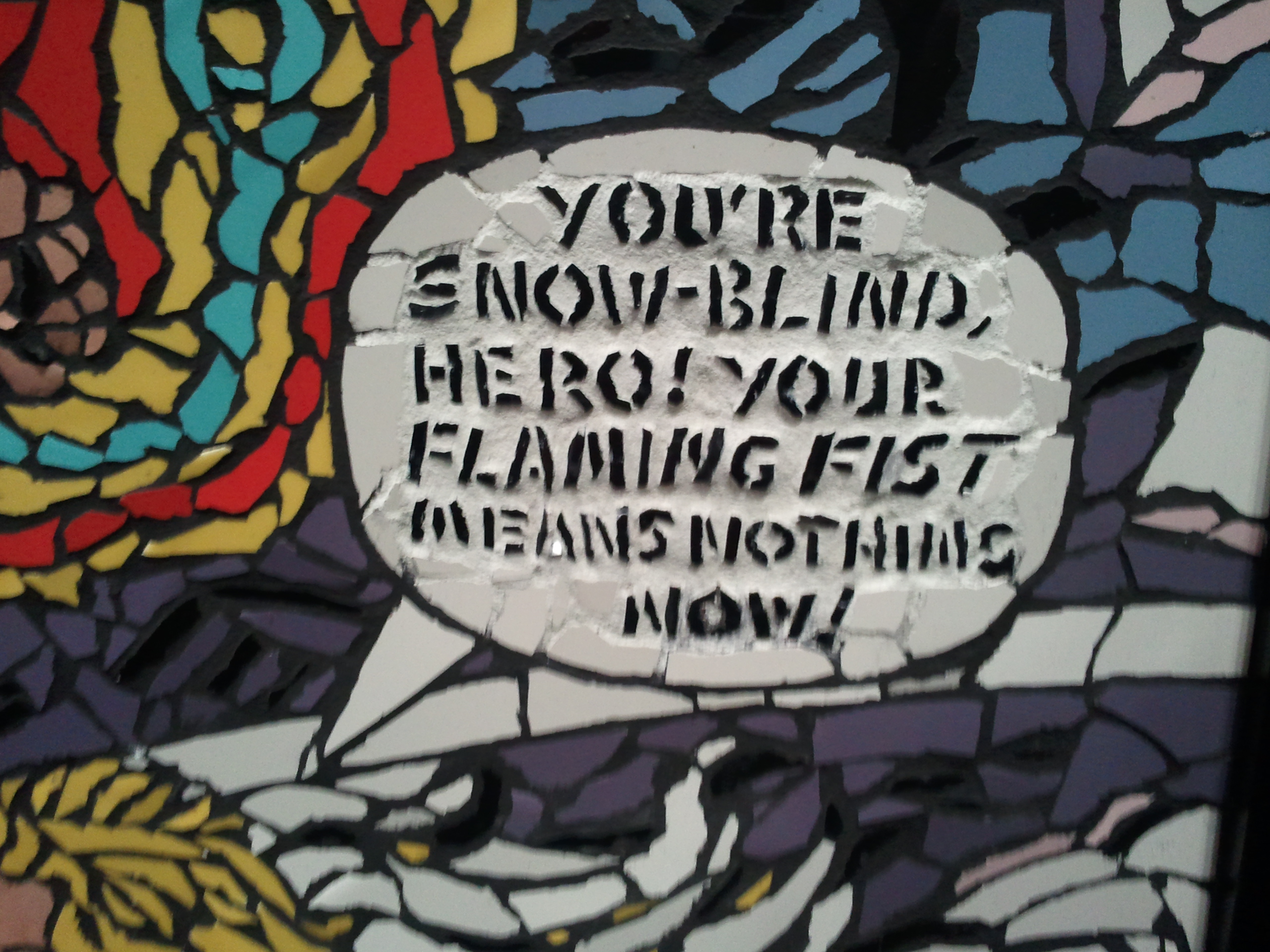


Great recap, the site’s NYCC coverage has been excellent.
Both G.I. Joe comics and the tv series “Hogan’s Heroes” did not accurately portray war.
Comments are closed.